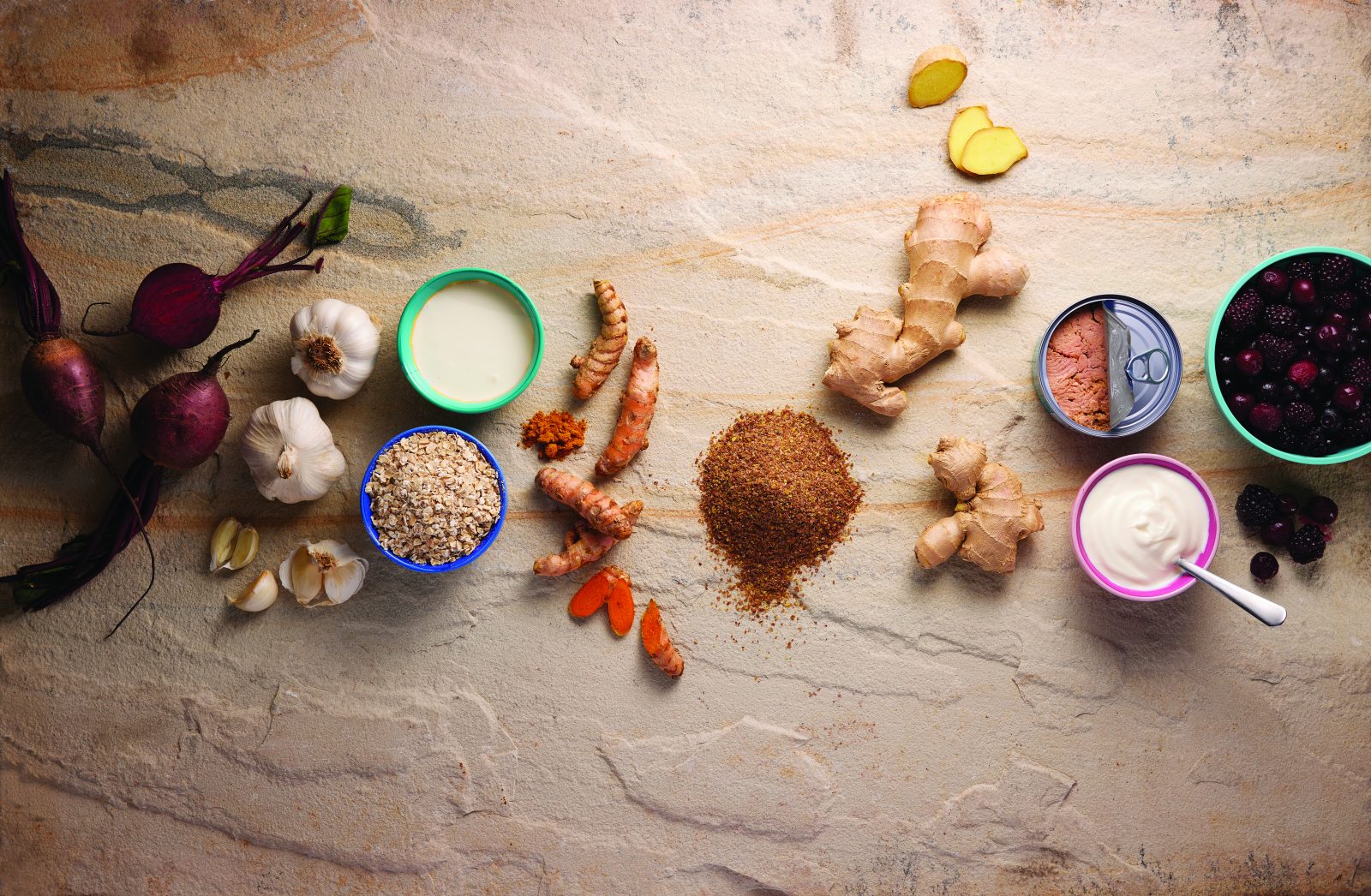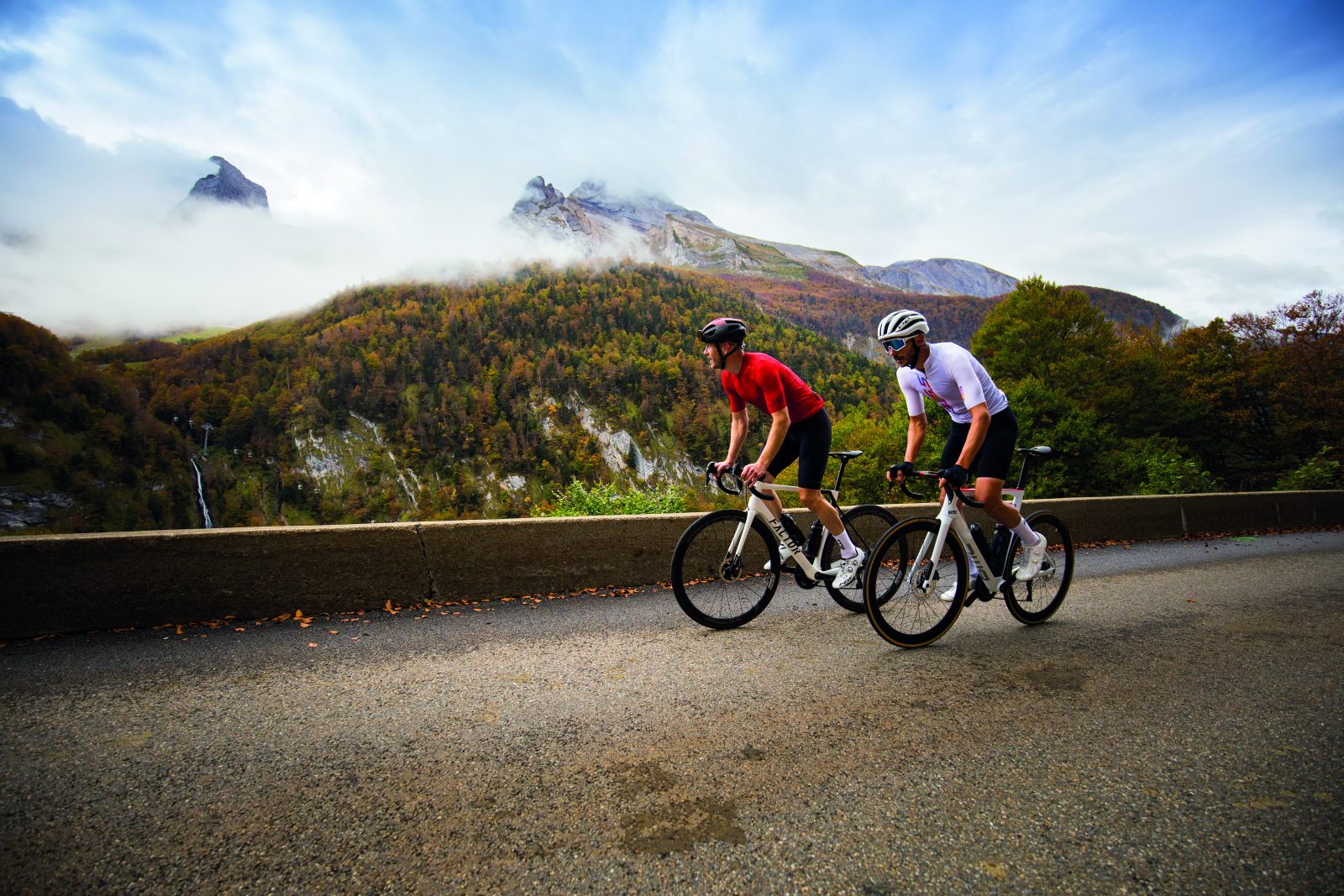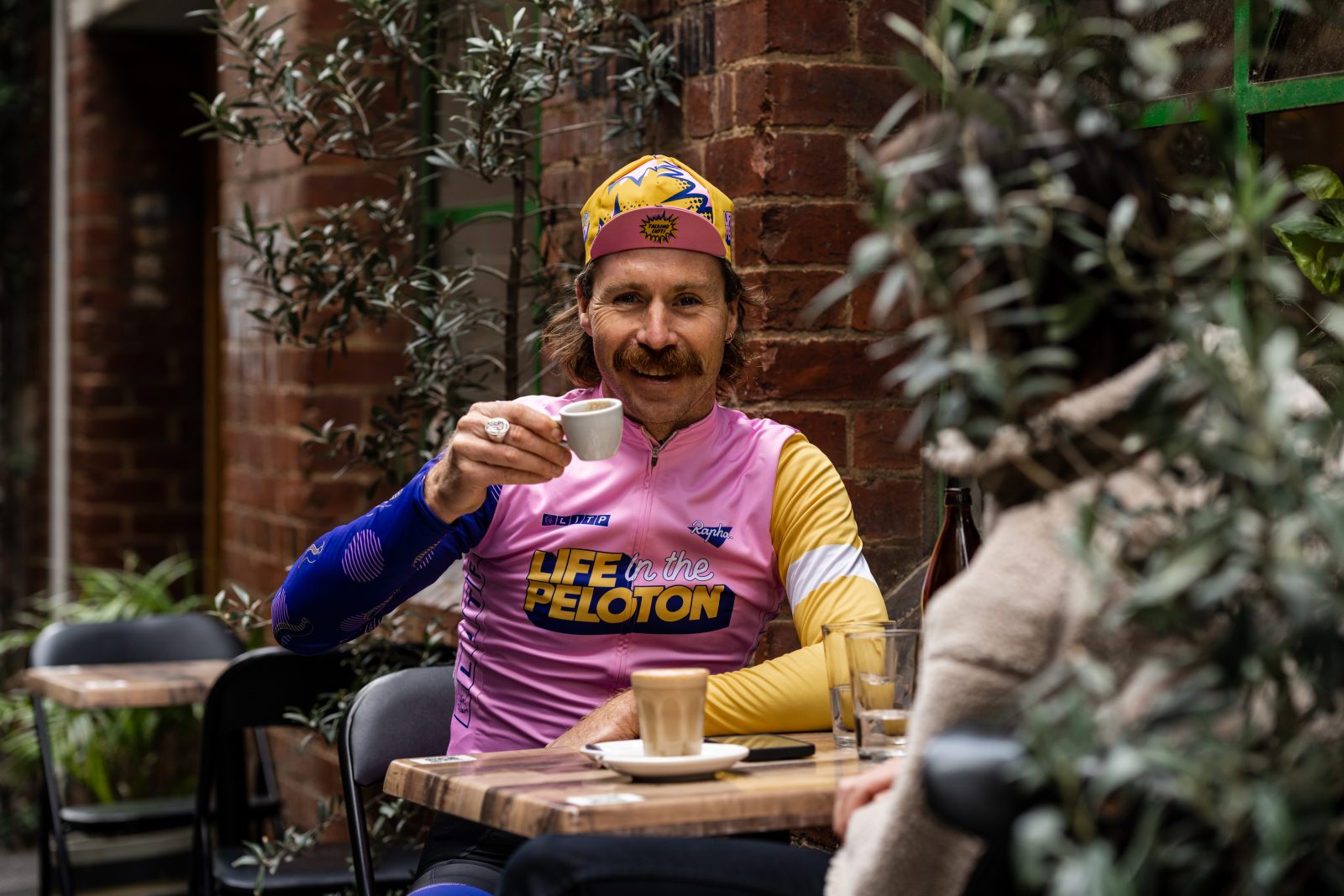Ten ingredients every cyclist should have in their kitchen cupboard

Words MICHAEL DONLEVY Photography TAPESTRY
Kitchen cupboards are often where foods go to die.
One day you go on a superfood health kick, the next that jar of fenugreek at the back of the pantry is three years out of date and gathering dust.
That’s a waste of cupboard space, because as busy cyclists we should be stocking up on staples that are tasty and versatile as well as healthy.
‘Cyclists like to spend a lot of time on the bike rather than in the kitchen, but riding a bike causes muscle damage, especially if you’ve done a race or high-intensity session,’ says Mayur Ranchordas, performance nutrition consultant and Professor of Applied Human Nutrition for Sport and Exercise at Sheffield Hallam University.
‘There are plenty of staple foods you can keep in stock that help not just with recovery but with things like immunity and bone health.’
Here are some examples of those staples that will stop your cupboards, and your body, from feeling neglected.
BEETROOT
‘It comes in many forms – juice, shots, pickled or fresh – but they’re all equally nutritious.
Beetroot is packed full of nitrates and polyphenols, which give it the bright colour that stains everything it touches,’ says Ranchordas.
Nitrates are broken down by your saliva to nitric oxide, which helps transport oxygen around the body to fuel the muscles.
They also reduce perceived effort and heart rate, and have been shown to increase the force of involuntary muscle contraction – all of which adds up to improved performance.
GARLIC
‘Lots of people add garlic for taste, but it’s packed with the polyphenol allicin, and that’s good for your immune system, which can be weakened by regular hard exercise,’ says Ranchordas.
‘Plus it’s low in calories so adding it for taste is still a great idea because you can use it to jazz up your meals without resorting to high-calorie sauces.
‘These days there is so much focus on macronutrients – protein, carbs and fats – that people tend to forget about the micronutrients from herbs and spices that are so important for health and fitness.’
OATS
It turns out porridge is not just for breakfast – it can be turned into a meal before any ride, and also serves as a great sponge for many of the other ingredients in your cupboards.
‘Porridge is nutritionally complete,’ says Ranchordas. ‘It contains carbohydrates, a range of healthy fats and protein.
It’s also high in soluble fibre, which is good for digestion and your gut.
And it’s low on the Glycemic Index, so it provides slow-release energy over a sustained period, making it perfect for having an hour or so before a ride.’
TURMERIC
‘Turmeric is well known for its anti-inflammation properties and goes well with rice or curry, but you can add it to most meals, and it goes really well with chicken,’ says Ranchordas.
‘Spices get neglected and can be a forgotten ingredient for some people, but they’re so nutritious – for example, cinnamon helps regulate blood sugar, cloves are full of polyphenols – and, as with garlic, marinating food with spices means you don’t have to reach for an unhealthy jar of sauce.’
Turmeric also has antioxidant properties and is good for the brain.
KEFIR
It might be new to many cyclists, but kefir is full of health benefits.
This fermented drink is made by adding kefir grains – a mix of bacteria and yeast cultures – to milk.
The fermentation process metabolises the lactose to produce an array of beneficial compounds.
‘Cyclists will be drawn to kefir’s bioactive compounds, such as kefiran and peptides, which have anti-inflammatory properties to help muscles recover,’ says Ranchordas.
‘It’s also a good source of probiotics, which help with the absorption of nutrients and boost immunity.’
TINNED TUNA
‘I’ve always proposed a “food first” approach – getting nutrients from fresh food rather than supplements whenever possible, but when you’re cycling a lot you need meals or snacks that are quick and convenient,’ says Ranchordas.
‘Tinned tuna is a great source of protein and easy to add to pasta, salad, a sandwich or a wrap, so it can form the basis of a quick yet nutritious meal.
‘It depends slightly on your weight, but most adults need 30- 40g of protein for recovery. One tin will give you most or all of that.’
FLAXSEEDS
‘They’re not something you necessarily think to buy when you’re in the supermarket but they’re so versatile, because you can add them to anything from cereals and yoghurts to meat and salads,’ says Ranchordas.
‘They’re high in fibre so good for digestive health, and they reduce inflammation.
Even one or two tablespoons a day will help, as one spoon contains 2-3g of fibre.
Flaxseeds also reduce blood pressure, and because they’re high in soluble fibre they’ll keep you feeling fuller for longer, so you won’t be so tempted to snack.’
GINGER
Ginger – whether fresh or in the form of ginger shots – is great for boosting your immune function, which is crucial because the healthier you are, the more time you can spend on the bike.
‘It’s also good for the digestive system and can relieve symptoms of irritable bowel syndrome,’ says Ranchordas.
‘You might shrug that off as irrelevant if you don’t suffer from IBS, but energy gels and drinks are concentrated and very acidic so can leave you feeling bloated. If you’re using these on long rides, ginger can help alleviate the bloating.’
GREEK YOGHURT
This might be better in the fridge, which is also effectively a cupboard so long as you don’t forget that refridgerated foods typically don’t keep as long.
‘Greek yoghurt provides big hits of both protein and calcium, and again it’s versatile in that you can have it for breakfast or dessert, or add it to a post-ride smoothie,’ says Ranchordas.
‘Calcium is important because although cycling is a non-weight-bearing sport, strong bones are still essential. A lot of athletes neglect calcium, but one tub of yoghurt is around 50% of your RDA.’
FROZEN BERRIES
Did we mention the freezer? That’s also a cupboard, just a really cold one. ‘Frozen berries are just as nutritious as fresh, and they have high polyphenol content to help enhance recovery,’ says Ranchordas.
‘Berries are high in antioxidants, which help neutralise harmful free radicals in the body and reduce inflammation.
‘The vibrant colours come from compounds such as anthocyanins, flavonoids and polyphenols, which are potent antioxidants. Anthocyanins in particular have been linked to improved cardiovascular health.’


